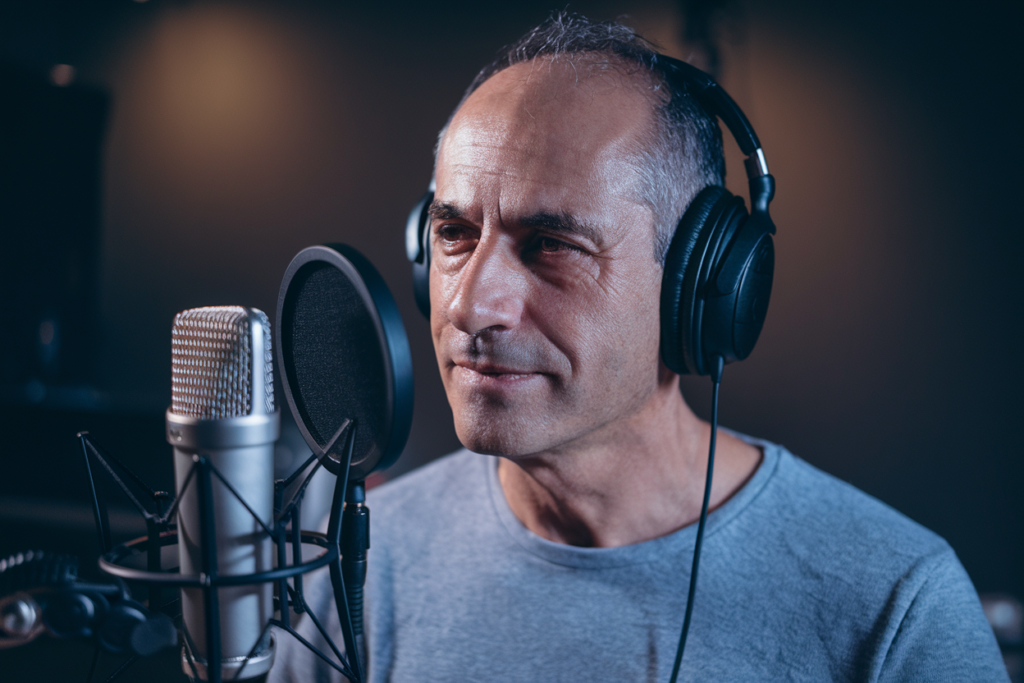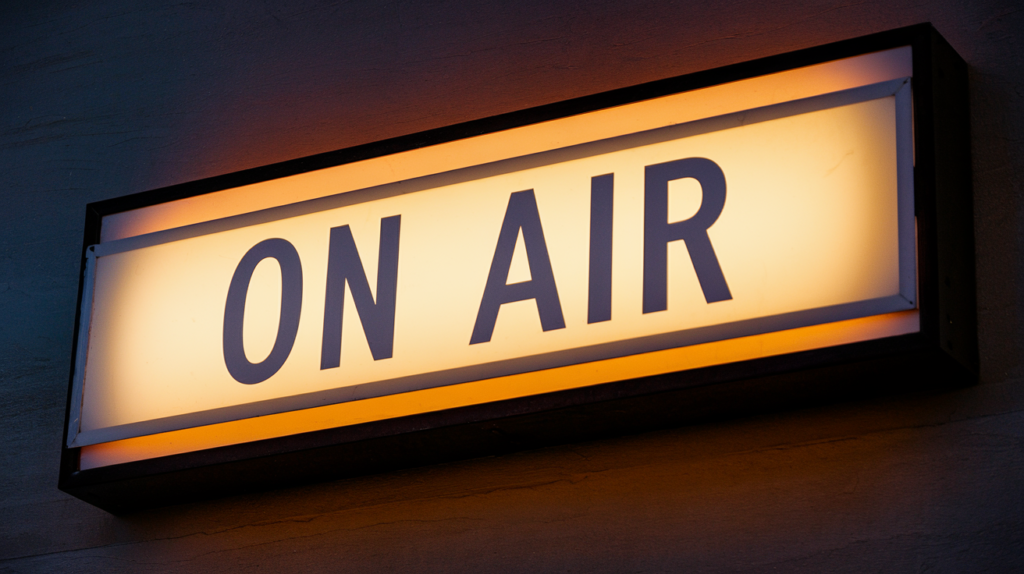Italian voice-over services are essential for businesses and creative projects seeking to connect with Italian-speaking audiences. Whether for marketing, education, or entertainment, the right Italian voice-over can elevate your content’s authenticity and impact. Below, we explore what makes Italian voice-over unique, covering aspects like language, accents, and dialects.
Understanding Italian Voice Over Services
What Are Italian Voice-Over Services?
Italian voice-over services involve recording voice talent who fluently speak Italian to narrate, dub, or perform scripts. These services cater to a variety of industries, such as:
- Film and television for dubbing or narration
- Commercials to reach Italian-speaking consumers
- E-learning and audiobooks to educate or entertain
- Corporate content like training videos or presentations
- Video games for immersive player experiences
Why Choose Professional Italian Voice Talent?
Professional voice actors bring expertise, ensuring:
- Accurate pronunciation and enunciation
- A natural delivery that resonates with audiences
- Cultural sensitivity to avoid miscommunication
- The right tone and style for your project’s needs
Language Nuances in Italian Voice Over
The Beauty of the Italian Language
Italian is known for its melodic rhythm, clear vowels, and expressive intonation. These characteristics make Italian voice-overs particularly engaging, whether for emotional storytelling or persuasive advertisements.
Key Features of Italian Speech in Voice Over
- Phonetic consistency: Words are pronounced as they are written, simplifying pronunciation for voice actors.
- Expressive intonation: Italian speakers use pitch and stress to convey emotion, a vital element in compelling voice-overs.
- Formal vs. informal tones: The choice between “Lei” (formal) and “Tu” (informal) affects the tone of the voice-over and its audience connection.
Italian Accents and Dialects in Voice Over
Accents vs. Dialects: What’s the Difference?
- Accents refer to regional variations in pronunciation within the same language.
- Dialects involve unique vocabulary and grammar, often making them distinct from standard Italian.
Popular Italian Accents in Voice Over
For wide-reaching projects, a neutral Italian accent—based on Standard Italian, originating from Florence and Tuscany—is preferred. However, regional accents can add authenticity to certain content. Examples include:
- Roman accent: Known for its musicality and strong consonants
- Milanese accent: Crisp and slightly faster-paced
- Neapolitan accent: Lively and rich in melody
Dialects in Italian Voice Over
Using dialects like Sicilian or Venetian can lend cultural depth to a project but may limit audience comprehension unless the target audience is from a specific region.
Selecting the Right Italian Voice Talent
Factors to Consider
- Experience: Look for voice actors familiar with the type of content you’re producing.
- Versatility: Choose talent who can adapt to different tones, from corporate professionalism to vibrant characters.
- Cultural Knowledge: A deep understanding of Italian culture ensures authenticity.
- Technical Skills: Professional recording quality is crucial for seamless integration into your project.
Male vs. Female Voices
Depending on your project, the choice between male and female voice talent can influence the emotional tone. For instance:
- Male voices might convey authority or gravitas.
- Female voices often bring warmth and approachability.
Applications of Italian Voice Over
- Dubbing foreign films to reach Italian-speaking audiences.
- Creating localized advertisements for the Italian market.
- Enhancing documentaries with authentic narration.
- Developing interactive voice assistants tailored for Italian users.
By understanding the intricacies of Italian voice-over services, language, accents, and dialects, you can ensure your project resonates effectively with its target audience.







